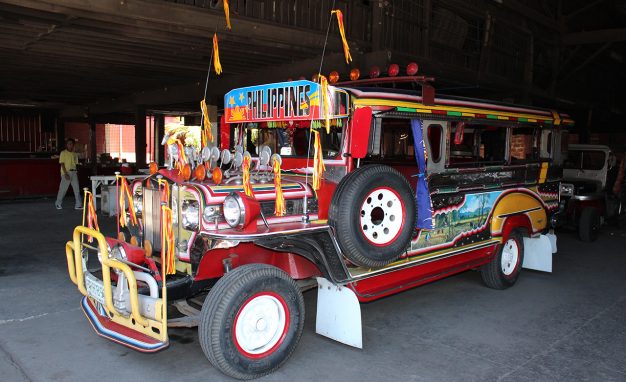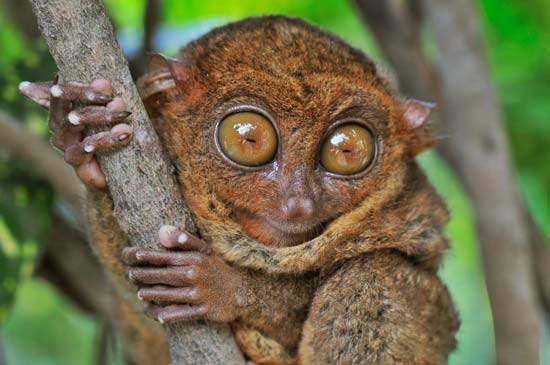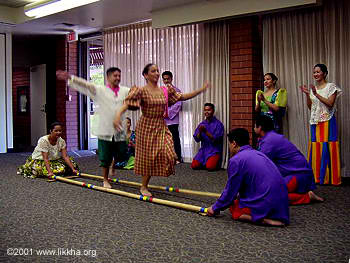MUST VISIT SPOTS IN CAMIGUIN

1)Camiguin White Islands
I know many people would have told you this famed white island in Camiguin is just so overrated. In fact this is not even an island. It is a sandbar of white powdery sands surrounded by clear turquoise water which is just one of the many sandbars in the entire 7,107 islands of the country. So what makes it special other than patches of white powdery sands? I don’t know but I love it. Be the judge! See it for yourself!

2) Giant Clams Sanctuary
A tourist who would love to experience a piece of the Family's Rich history should dine at Don Mariano's Garden Cafe with dishes passed on by their great-grandparents. They have yummy local fares as well as a selection of international dishes.
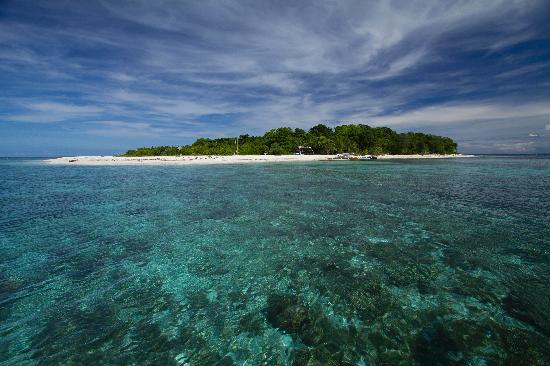
3) Mantigue Islands
Mantigue Island is so intriguing that you wouldn’t help but want to find out what it is made of. If you are someone who’s fond of making love with the sea and its amazing creatures, then nothing will make you happier but to dive into the richness of this island and its surrounding waters.
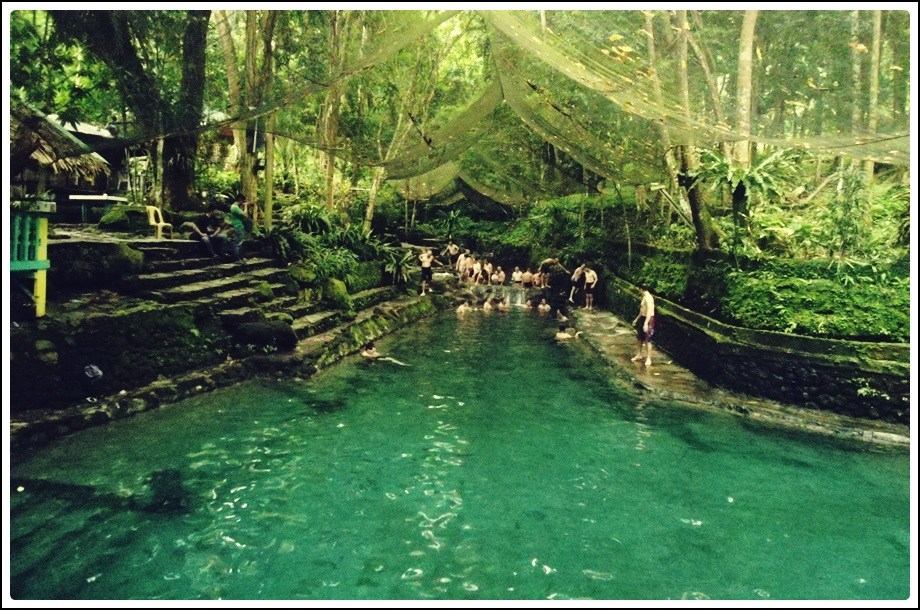
4) Mt. Hibok-Hibok Ardent Hotspring
What’s the perfect way to cap off the night in Camiguin? It’s having a very relaxing bath in Ardent Hotspring. Nights in Camiguin can sometimes be so cold and one way to chase it off is to have a quick dip in a warm running water. This is usually the best place to meet and converse with other tourist, local and foreign alike.

5) Sto. Niño Coldspring
Camiguin Island always has the answer to your needs. There’s the hotspring to help you relax and wash away that cold lonely nights but if you prefer something more refreshing then there’s Sto. Niño Coldspring where you can swim for hours and enjoy the cool running waters under the sunny skies.
